The views expressed in our content reflect individual perspectives and do not represent the authoritative views of the Baha'i Faith.
I’ve always wondered: how can I use my art to uplift my community and bring people together?
Reflecting on our general environment and societal norms, many of us live fast-paced or even frenetic, technology-dominated lives pervaded by stress and competition. As an artist I feel a responsibility to create in a different spirit and state of mind. But it’s not easy! Social forces are very strong but it helps to remember that the Baha’i teachings say art is a form of worship, and a gift:
All Art is a gift of the Holy Spirit. When this light shines through the mind of a musician, it manifests itself in beautiful harmonies. Again, shining through the mind of a poet, it is seen in fine poetry and poetic prose. When the Light of the Sun of Truth inspires the mind of a painter, he produces marvellous pictures. These gifts are fulfilling their highest purpose, when showing forth the praise of God. – Abdu’l-Baha, quoted by Lady Blomfield in The Chosen Highway, p. 167.
Author and data scientist Brene Brown defines stillness, an aspect of wholehearted living as “creating a clearing … opening up an emotionally clutter-free space and allowing ourselves to feel and think and dream and question.” – The Gifts of Imperfection, p. 108.
I believe art has the potential to facilitate this kind of experience. Handmade works (or “human made,” at least) reflect more of our unique, spiritual natures that the mass-produced forms we primarily encounter. I hope my art can kindle a sense of peace and wonder in people, awakening their most noble sentiments.
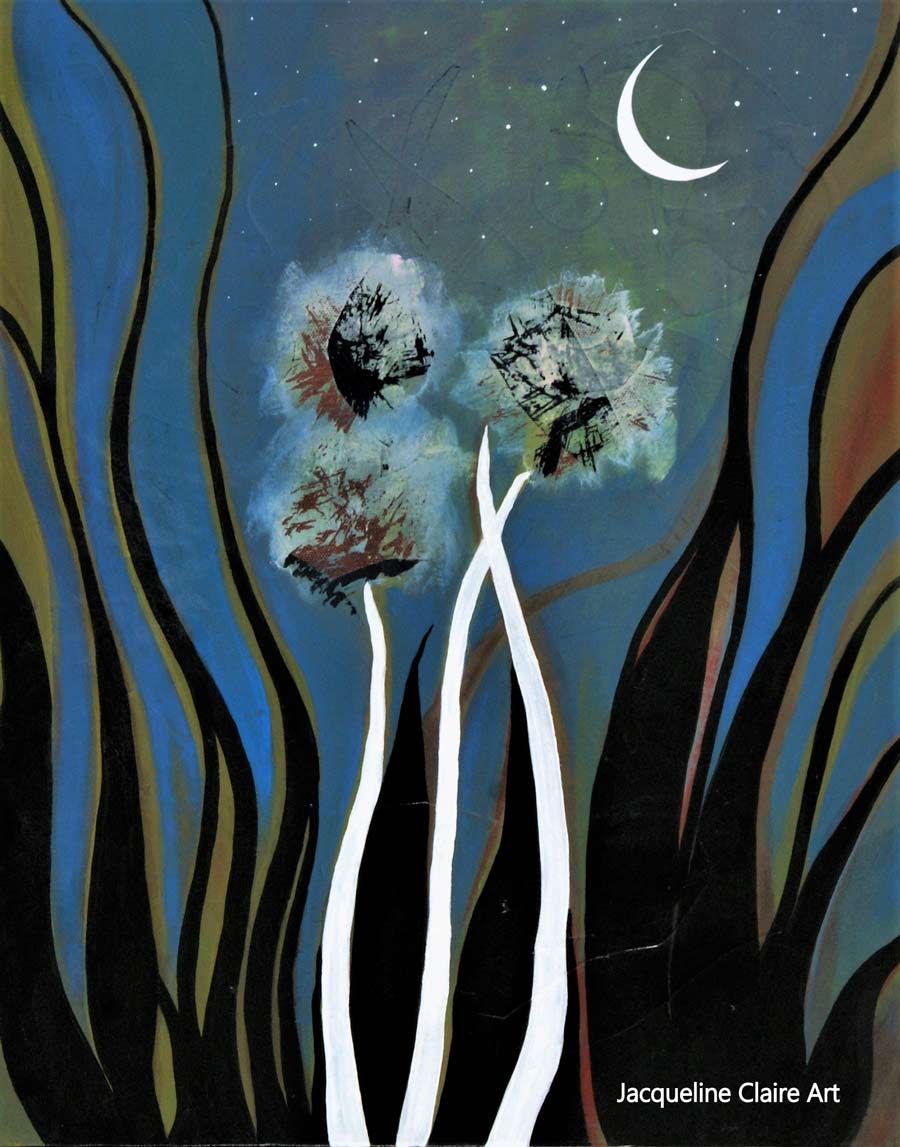 My Baha’i-inspired approach to art started with children’s illustration. I wanted to visually represent the Baha’i teachings in a way that could help children grasp their meaning. My hope was (and still is!) that my artwork might aid children to internalize the deep spiritual messages the Baha’i writings convey, to grow up with them, rather than have to rediscover them as adults in therapy.
My Baha’i-inspired approach to art started with children’s illustration. I wanted to visually represent the Baha’i teachings in a way that could help children grasp their meaning. My hope was (and still is!) that my artwork might aid children to internalize the deep spiritual messages the Baha’i writings convey, to grow up with them, rather than have to rediscover them as adults in therapy.
I have since progressed to focus primarily on fine art—paintings on canvas. When I work, I do my best to let the process itself guide me. My paintings are planned as little as possible to let them develop on their own terms. The process takes a while, but I think of it as allowing more mysterious forces of creativity to work through me. This way, symbols and images emerge naturally, as they would in a dream. Like a dream, a symbol may represent a message to one person, and a totally different, but equally relevant message to someone else. This way the artwork becomes an invitation for deeper reflection.
In March, I ran an email project called “19 Days of Inspiration,” pairing Baha’i quotes, original artistic images and stories each morning during the annual Baha’i Fast. That project generated a very positive response—the images and stories really seemed to enhance people’s experiences of the Baha’i writings.
Based on similar principles, recently I’ve been sharing a traveling exhibit of paintings coupled with an interactive talk centered on the mystical book The Seven Valleys by Baha’u’llah. My goal: I wanted to create an uplifting and meaningful social experience.
First, it is important for everyone who attends to feel welcome, and know they are a valuable and integral part of the event. The event itself begins with an icebreaker that introduces everyone to quotations from The Seven Valleys and facilitates a lot of elevated spiritual interaction. Once people find the person who completes their quotation (their “other half”) they are invited to select a painting from the exhibit they feel best correlates with the passage they selected from The Seven Valleys.
Later, everyone shares with the group, exchanging wonderful insights. This way, we all have the experience of learning from each other, using the artwork as a springboard for a larger spiritual conversation.
The experience of putting on these events reminds me of this quote from Abdu’l-Baha:
… managing art with propriety will become the means of sociability and affinity; and sociability and affinity themselves tend to guide others to the Truth. – Abdu’l-Baha, Baha’i World Faith, p. 377.
Sharing the stories in The Seven Valleys harkens to an “oral tradition” style. This is, of course, the original way early humans gathered together and passed down their stories. I always find something special and communal about it, as if we were gathered around a campfire. Also, I’ve observed that by sharing in this way people often receive the content like a “wisdom teaching” instead of just a summary of a religious book. This inviting approach has inspired several people to investigate the teachings of Baha’u’llah further on their own, as well as enrich the study of those already versed in the material.
Intriguingly, I have also found sharing some of my own life stories seems to help attendees connect more deeply with the content themselves. Perhaps, sometimes, the more personal a work of art the more universal it becomes.
The most exciting part of all of this for me—the event often attracts people who are interested in the spiritual aspects of life but who may not otherwise attend a religiously affiliated gathering. I’ve discovered, through this experience, that many people are eager to talk about spirituality and the Baha’i teachings when given the opportunity in an engaging way.
In Part 3 of this series, we’ll explore a simple, spiritually-empowering framework The Seven Valleys offers, and virtually play along in the “icebreaker” activity that I mentioned here.




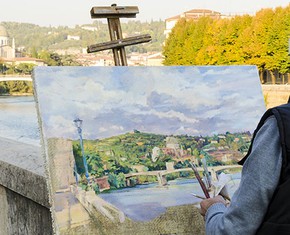

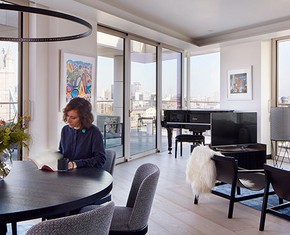
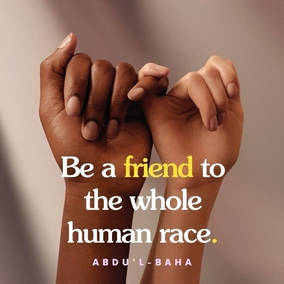
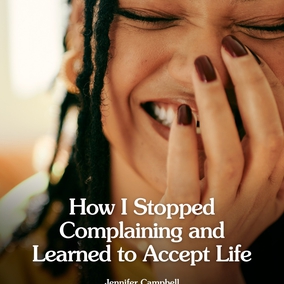
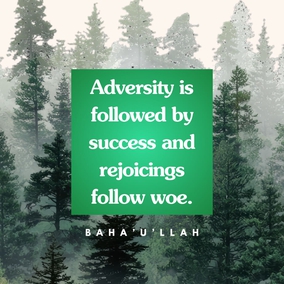
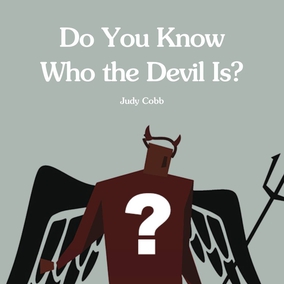
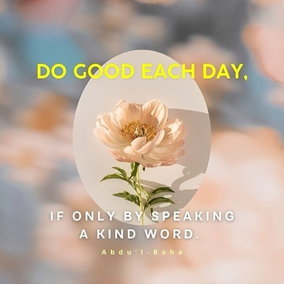

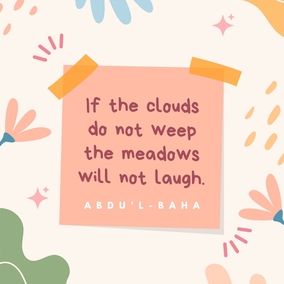
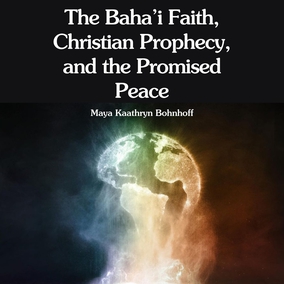

Comments
Sign in or create an account
Continue with Googleor